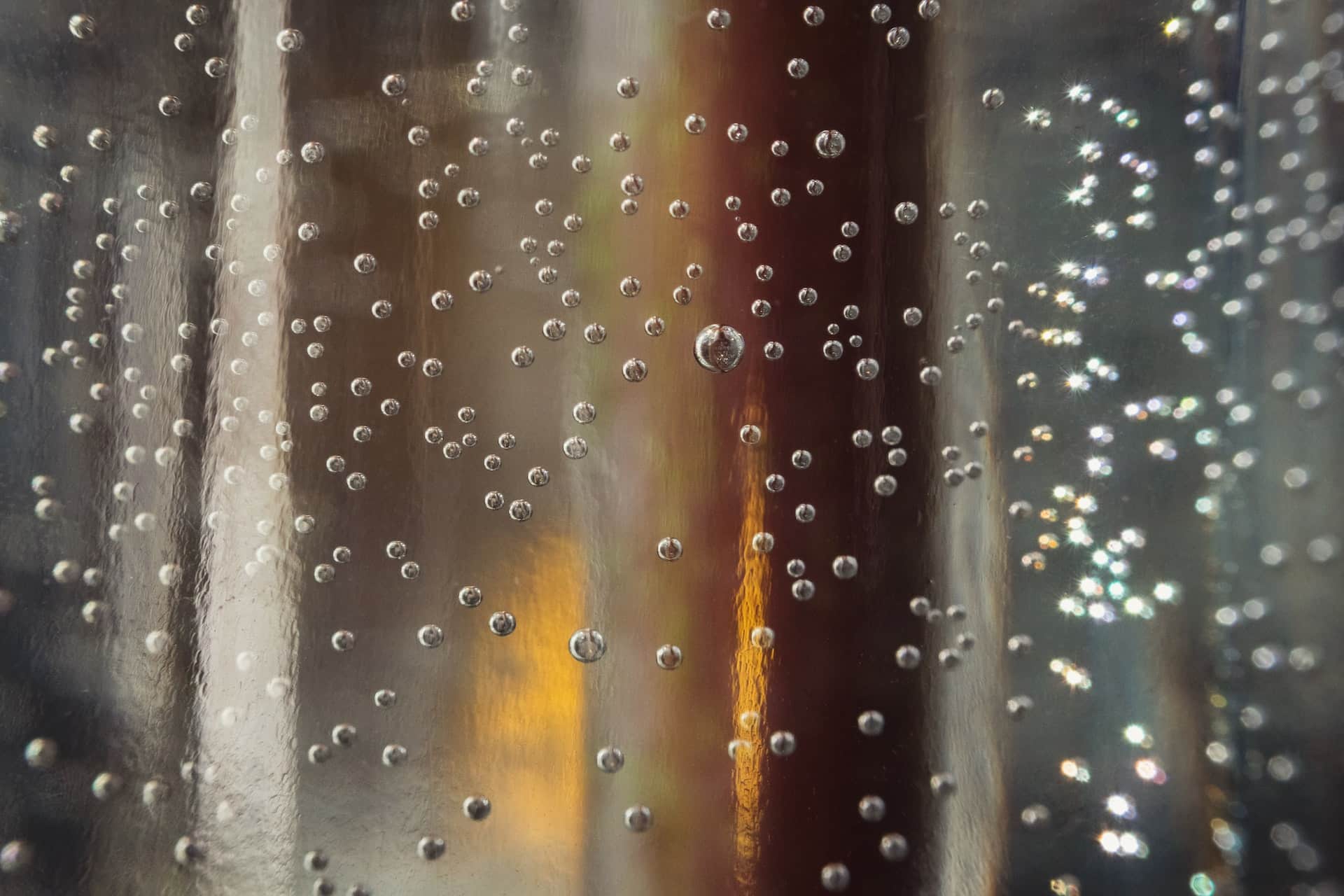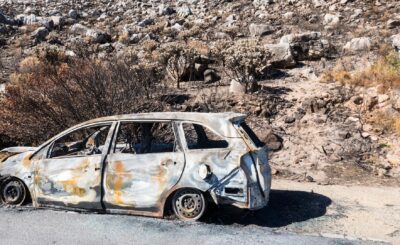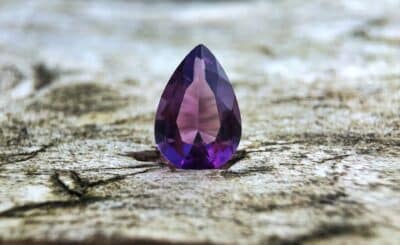Also known as ‘laughing gas’, nitrous oxide is primarily used in medicine and dentistry as an anesthetic; it was given the name ‘laughing gas’ due to the euphoric feeling that one has upon inhaling the gas. This has led to some people using nitrous oxide as a form of recreational entertainment, which actually began in the 1960s when a group of dentists experimented with small doses. Its chemical name is N20, which was discovered in 1772 by a British chemist Joseph Priestley, while a British dentist by the name of Humphry Davy gave it the name laughing gas.
Nitrous Oxide As A Rocket Propellant
This gas is also used as a form of propellant, an oxidiser for rocket motors; it is preferred over other oxidisers due to the lack of toxicity and the fact that is can be stored safely at room temperature. Several hybrid rocket designs incorporate nitrous oxide due to the safe storage and lack of toxicity and it has always been in high demand in the rocket industry, as it is relatively easy to make.

Motor Racing
Nitrous oxide (nitro) is used to boost the firing sequence of a racing internal combustion engine by adding oxygen to attain faster ignition. While this gas is not flammable at low pressure or temperature, it delivers far more oxygen than air from the atmosphere; nitrous is often mixed with other fuels.
Storage
Nitrous oxide can be stored as a compressed liquid, making it ideal for vehicle storage and the gas can be injected into either the manifold or cylinders to give faster ignition and allowing more fuel to enter the system.
Aerosol Propellant
Nitrous oxide can be used in the food and beverage sector. An example of this is when you buy wholesale cream chargers online from nitric oxide gas suppliers directly from their website. Whipped cream cartridges can be charged by nitrous oxide in small stainless-steel cylinders that make for the best whipped cream. If you run a bakery or restaurant, order cylinders from a leading UK supplier who stocks regulators, dispensers and cartridges.
Recreational Use
At the start of the 19th century, laughing gas was freely available for dentists and the British aristocracy discovered the euphoric feeling one gets when inhaling nitrous oxide; they would organise ‘laughing gas’ parties and this gradually grew in popularity at spread from the UK to Europe and the rest of the world. In the early 2000s, the use of laughing gas greatly increased, as young people were looking for a different, safe high. Regarding safety, there is risk of neurological damage with constant log-term usage.
Risks Of Long-Term Recreational Use
It appears that there is a certain threshold (different for each person) and when that is passed, neurological damage can occur. There is also evidence that long-term use affects the DNA, mainly due to the interruption of DNA synthesis. There is a slight risk for dentists and surgeons that work with nitrous oxide, as the colourless gas remains in the atmosphere, although long-term research doesn’t point to a significant risk.
Effects Of Nitrous Oxide
When inhaled, nitrous oxide can make a person feel light-headed, drowsy and too much can cause unconsciousness; even death. In a party environment, the gas is stored in party balloons, making for easy inhalation; a clip is inserted onto the neck of the balloon and it is passed from person to person. The effects are almost instantaneous and most people experience a feeling is euphoria for about 1 minute after one inhalation; if this is something you do on the odd occasion, there are no risks to your health, after all, the drug is used in surgery and dentistry.








